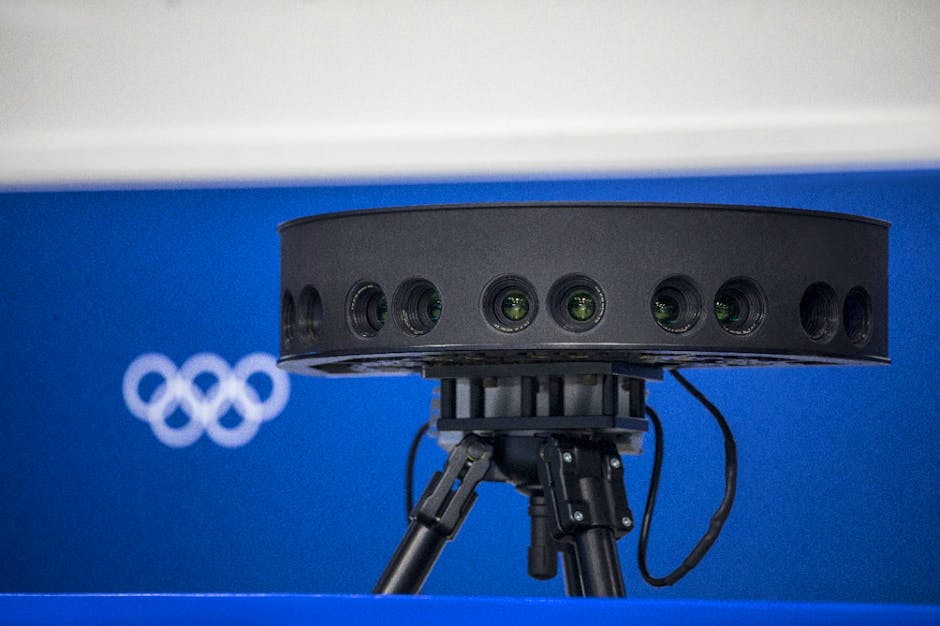Chances are, if you’ve been following along with the 2018 Winter Olympics, you’ve been watching the world’s finest via your TV, PC, smartphone or tablet, but thanks to Intel did you know that you can watch in virtual reality too?
The company has deployed its True VR platform at this year’s winter games in PyeongChang, allowing sports fans to, for the first time, watch through VR headsets powered by their smartphones or computers.
What is Intel True VR?
Intel’s proprietary True VR pods feature a bank of up to six pairs of stereoscopic cameras that can capture 180 degrees of action or be paired to capture a full 360-degree view in high-resolution 4K. At PyeongChang, Intel’s True VR system is supplying broadcasters with both live and recorded VR coverage across 30 events spanning the entirety of this year’s Winter Olympics, making it the largest VR sporting event in history.
With between four and eight pods placed within each event, viewers can select their viewpoint in real-time and jump between them at their own volition. Not only do the company’s cameras let viewers see the games in 3D, but their placement allows for a unique perspective on each discipline too.
Beyond VR at the Olympics
Naturally, having so many cameras covering the games also means a lot of data; up to 1TB an hour, all handled by Intel’s on-site infrastructure. Indeed, the True VR platform isn’t Intel’s only involvement in this year’s games. It’s also the first use of a 5G network (implemented by both Intel and Korea Telecom) being used outside of test conditions to handle all that data.
Intel’s drone division was also responsible for the breathtaking aerial choreography that punctuated the 2018 Winter Olympics opening ceremony and ahead of the games themselves, Intel also hosted the first Extreme Masters eSports tournament in PyeongChang, featuring 16 world-class StarCraft II players from across the globe.
All of this wouldn’t have been possible without the company’s new technology partnership with the International Olympic Committee (IOC), with whom the company has entered into an eight-year agreement, securing its involvement at every summer and winter Olympics up until 2024. As such, if you’re not equipped with a VR-capable device in time for this year’s games, you’ll have plenty more opportunities in the coming years.
How to watch
Intel’s True VR Olympic content can be viewed through a multitude of headset’s, including Google Cardboard, Samsung’s Oculus-powered Gear VR and any Windows 10-compatible HMD. In Europe, Eurosport is handling all of the relevant VR coverage of the games, whilst in the States, NBC is your go-to broadcaster. Check out their respective mobile apps for more.
Read next: Which VR headset should I buy?

Leave a Reply